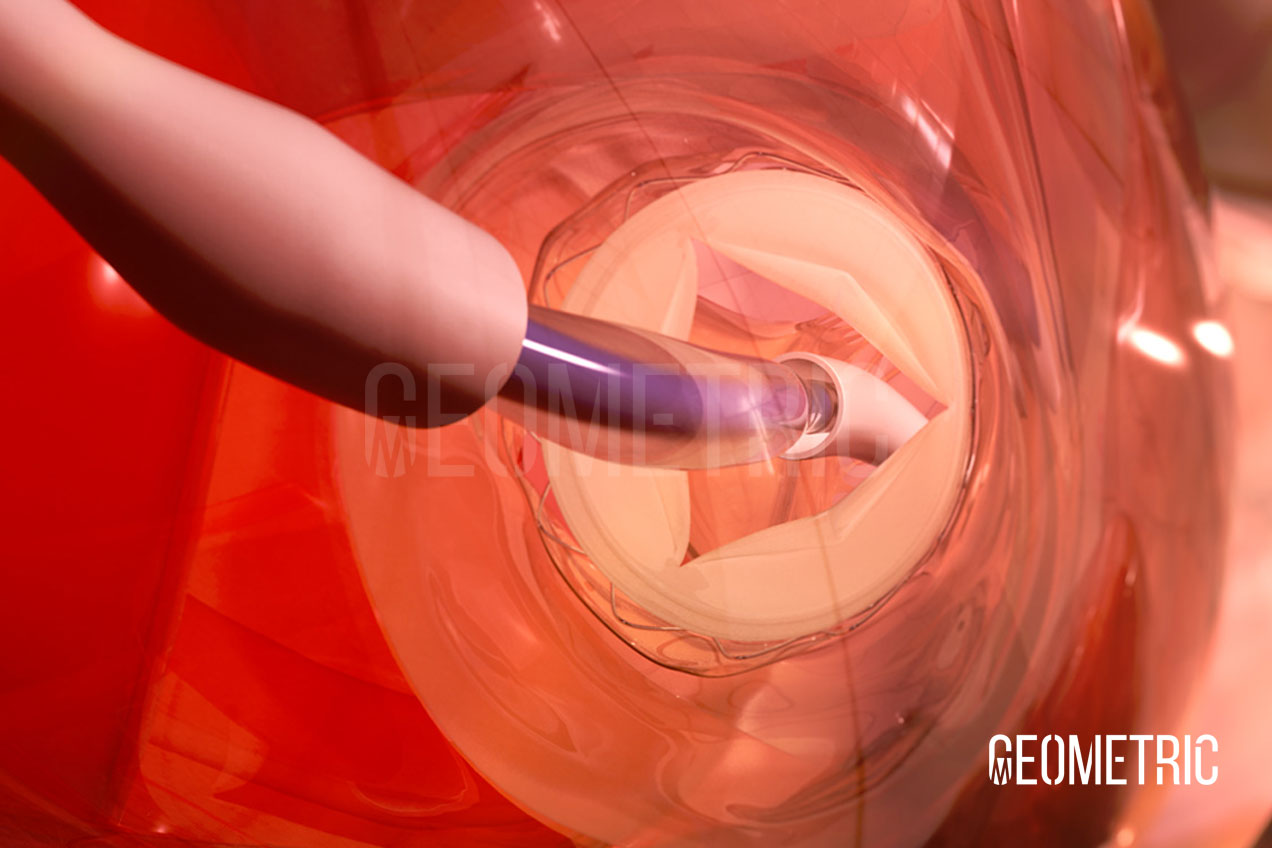
Aortic valve is what keeps oxygenated blood flowing from our heart into the aorta, the largest artery in our body, and prevents it from washing back into the heart with each pump cycle.
But as we age, the tricuspid (three-leafed) valve tends harden and thicken, forcing the heart work harder to keep blood flowing smoothly.
Open-heart surgery is typically required to replace the valve if it thickens so much that it causes aortic stenosis, an abnormal narrowing and stiffening of the valve.
Another type of treatment, a minimally invasive surgical procedure repairs the valve without removing the old, damaged valve. Instead, it wedges a replacement valve into the aortic valve's place. The surgery may be called a transcatheter aortic valve replacement (TAVR) or transcatheter aortic valve implantation (TAVI). This involves inserting a catheter into a blood vessel in your upper leg or chest and passing it towards your aortic valve.
References — scientificamerican.com, heart.org
Suite 6, Link House,
140 Tolworth Broadway,
Surbiton, Surrey
KT6 7HT, UK